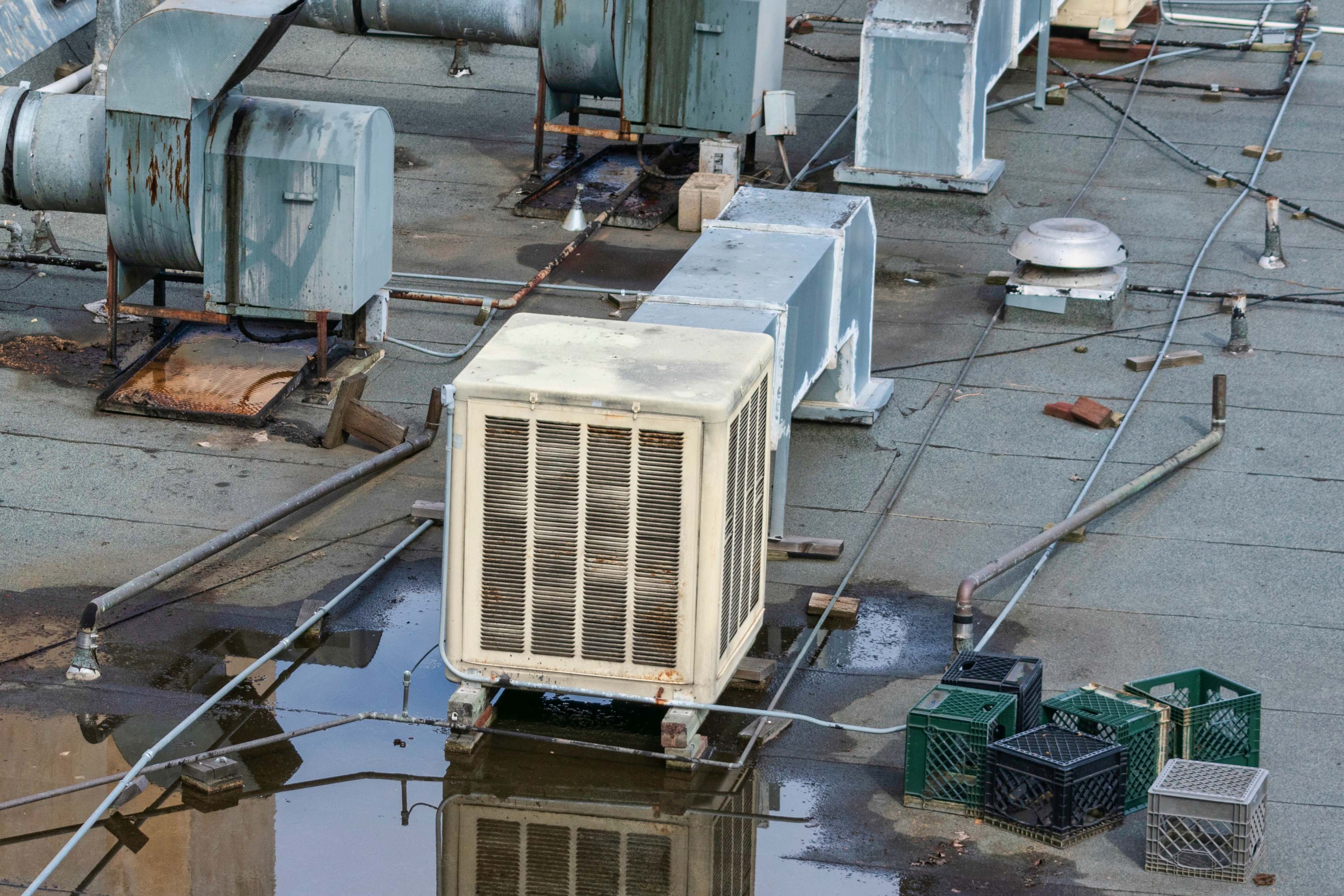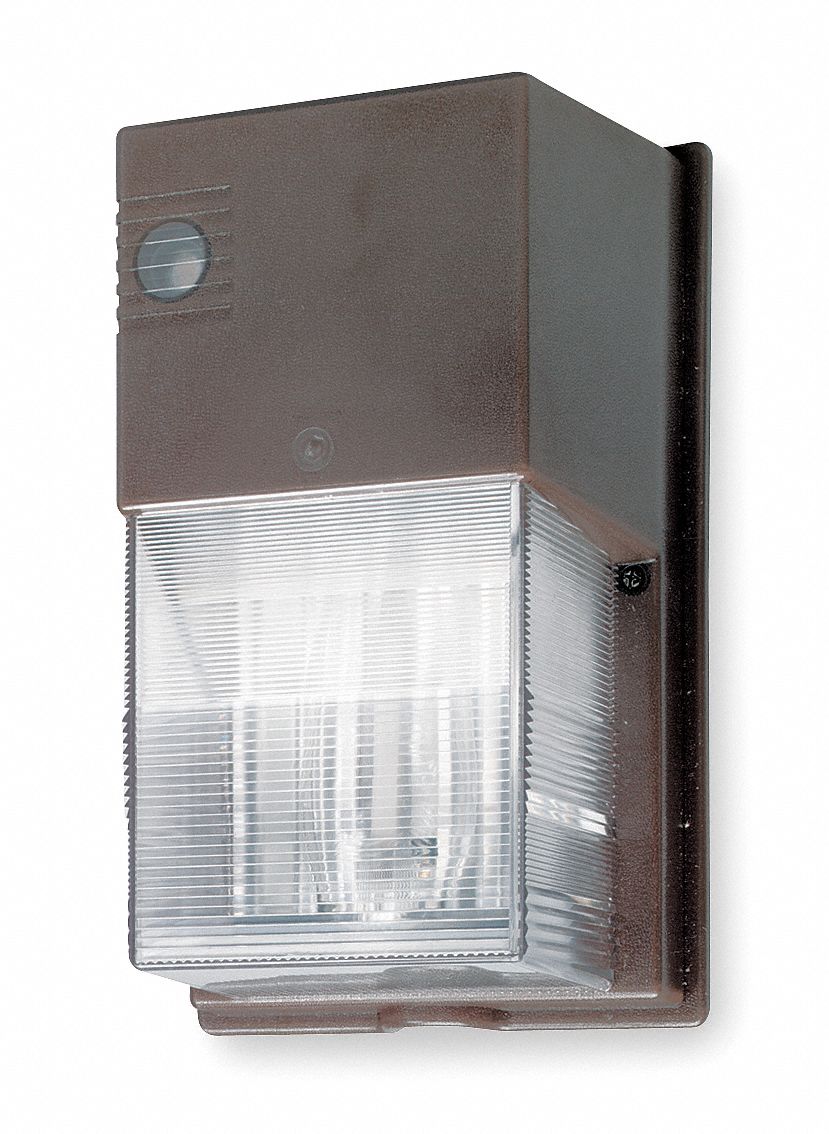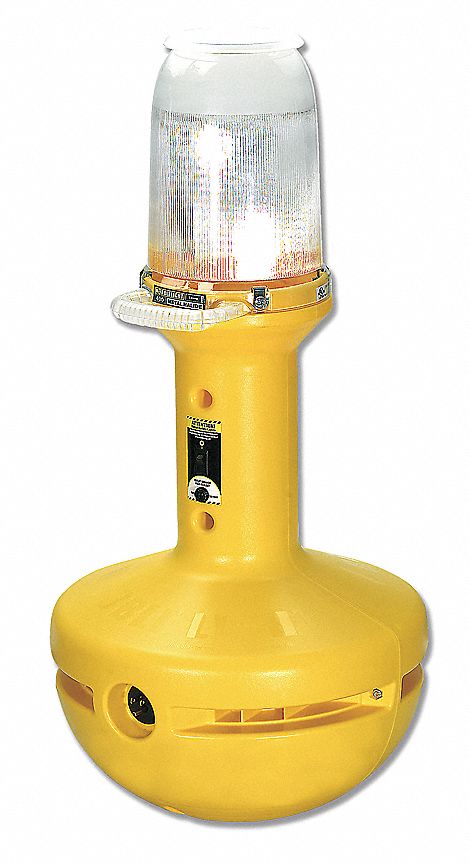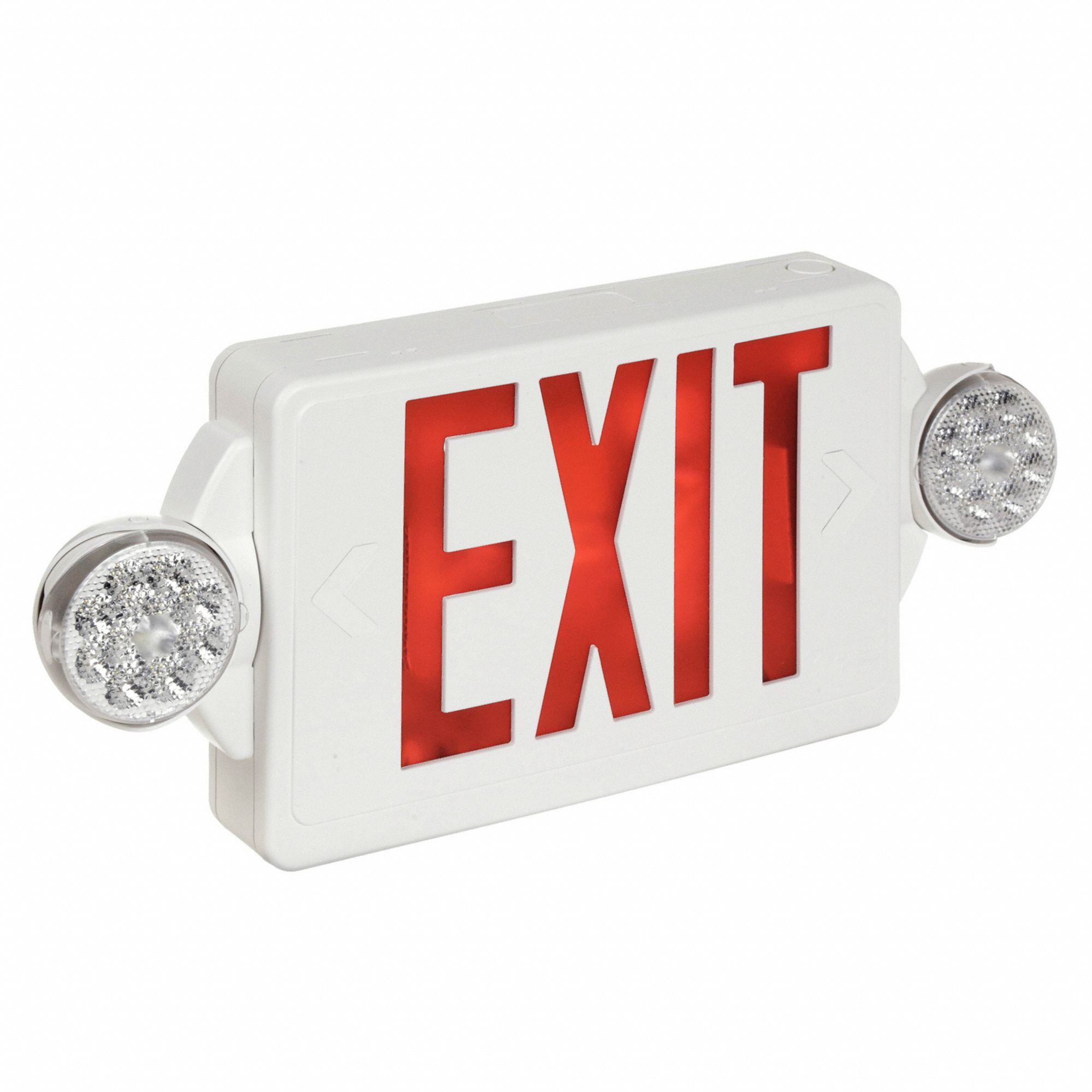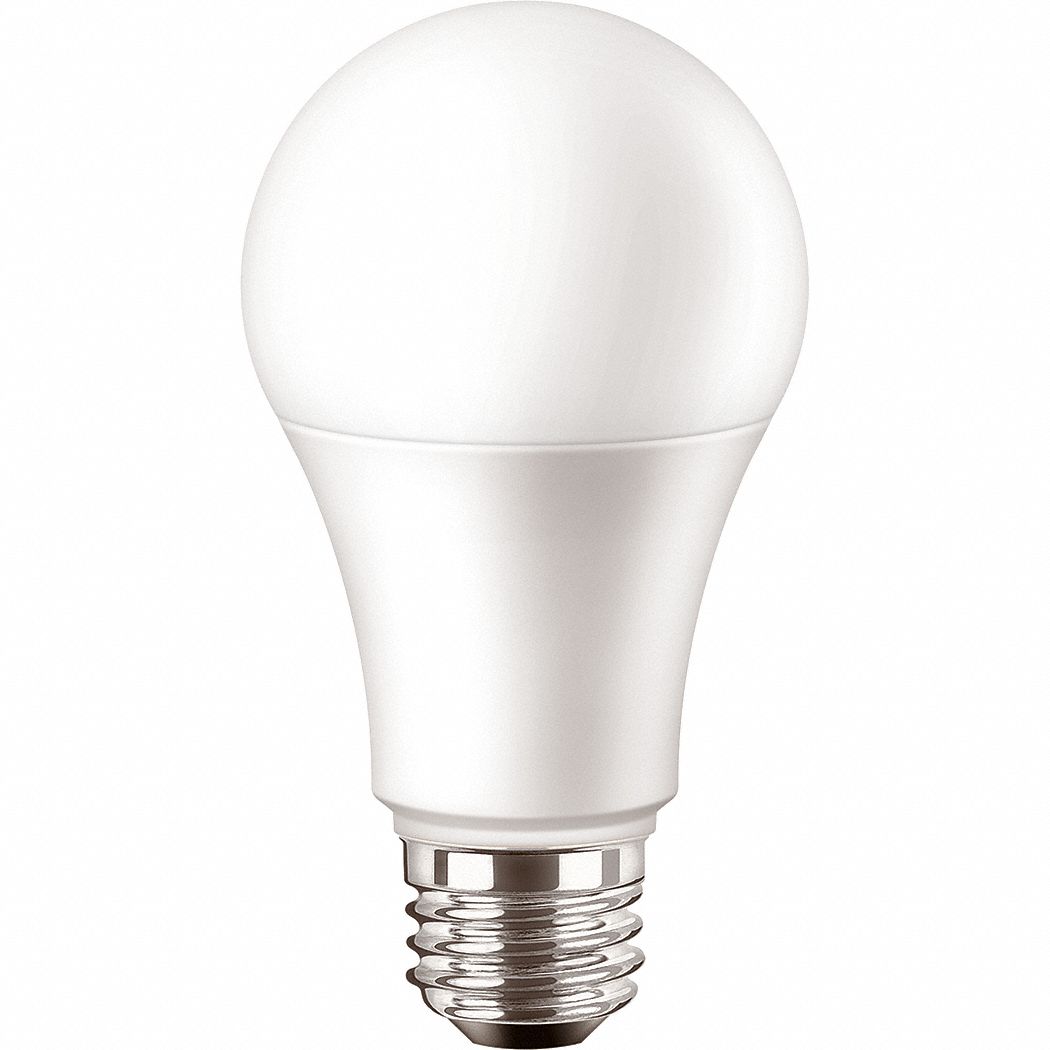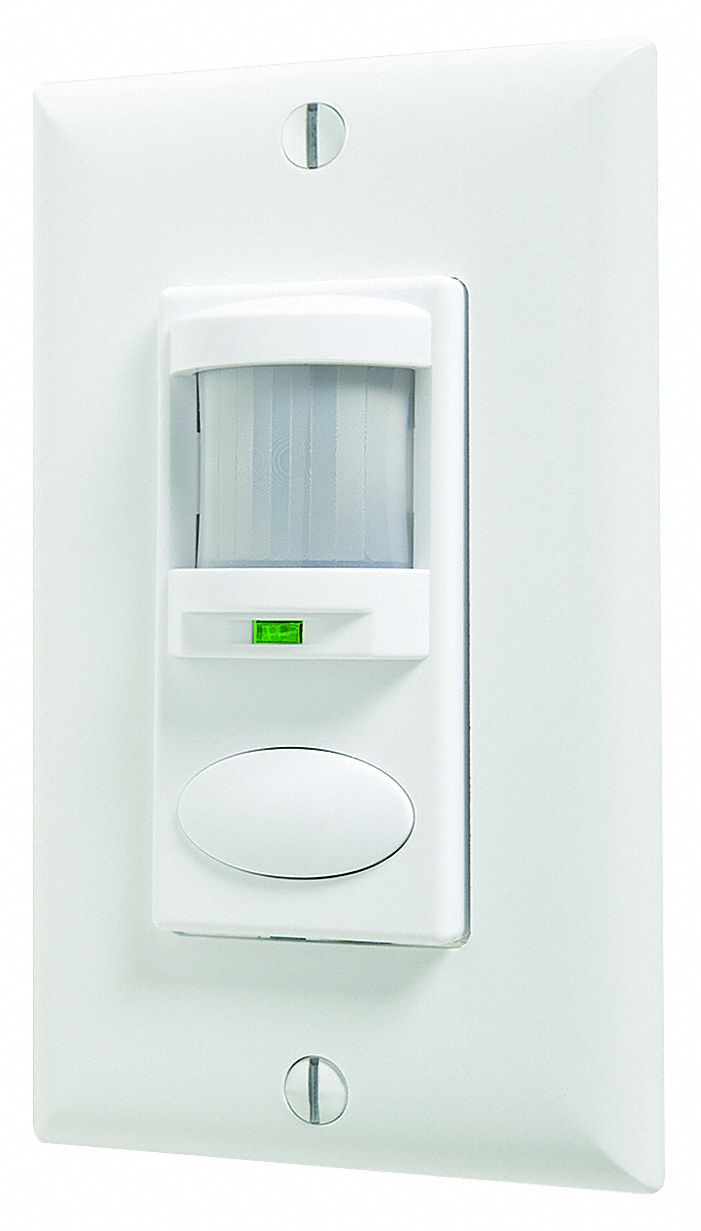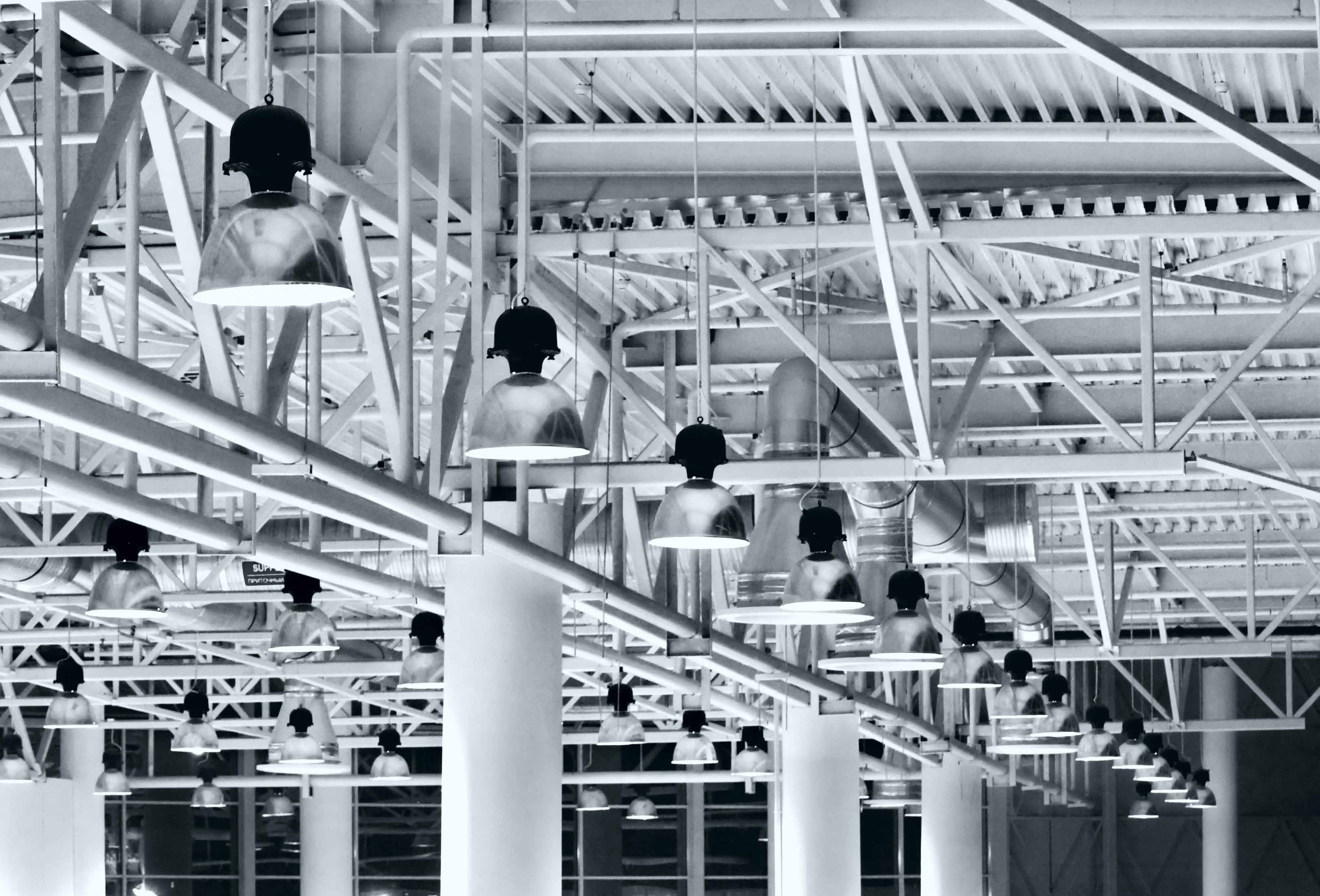

Why An Upgrade to Energy Efficient Lighting Makes Sense
By Grainger Editorial Staff 1/13/21


Energy-efficient lighting is designed to minimize power consumption, and in many cases that leads to lower energy costs. By replacing older lighting technology with newer, energy-efficient options, you may be able to cut your power bill and energy use while getting closer to your sustainability goals. Moving to more efficient lighting includes swapping older bulbs for new LED lights, installing automated shut-off tools that save power, and tracking progress toward lowering your environmental impact. While there are many reasons to upgrade beyond energy efficiency, the resulting changes can lower power bills significantly while saving needed space and time.
According to Energy Central, more than half of all commercial buildings in the U.S. are over 40 years old, which means that a good portion of these older buildings may still be running older, inefficient lighting systems. In a 2019 survey of more than 1,000 customers who own or manage commercial properties, Grainger found that most building managers were concerned about how outdated lighting systems consume energy and impact their budgets. For managers and owners of aging commercial properties, improving inefficient lighting systems can breathe new life into their older properties while helping to reduce energy consumption.
The True Cost of Outdated Lighting
When added up, lighting costs — from supplies and power usage to labor and storage — can make up more than 10% of the average commercial power budget according to the U.S. Energy Information Administration. In aging buildings with older incandescent bulbs, the costs may be higher as more frequent maintenance and replacement is needed.
According to the U.S. Department of Energy (DOE), when compared to traditional lighting, LEDs consume far less power on average, reducing demand by as much as 85% when compared to an incandescent bulb. A traditional incandescent bulb can require nearly $5 per year in energy costs to operate, while a similar LED model can cost $1 or less. At scale, where facilities can have hundreds of bulbs, these savings can add up. Though LEDs can be more expensive up front, they also require replacement far less often.
LEDs are also rated for a much longer lifespan than traditional options. While incandescent bulbs can last for approximately 1,000 service hours on average, a comparable LED bulb can often last for over 25,000 hours. That longevity can mean fewer new bulbs, less product needed in storage, and fewer hours spent refreshing lighting each month. Standardized bulbs can be automatically reordered when needed, which means it's no longer necessary to stock a wide variety of bulbs. This can potentially free up space to stock other maintenance items, or that space can be used for operations or resources. Less frequent bulb replacement also gives maintenance workers more time to focus on other important tasks.
Smarter Controls and New Technology
Many building managers keep lighting on 24/7 whether or not the building is occupied. This practice can be a drain on energy use which can lead to higher energy bills. One solution for this is standard motion sensors. These devices can detect movement and automatically turn off lights once a room is empty. Similar sensors can raise or lower lighting levels based on the ambient lighting in a room. Photocontrol technologies can combine the two approaches, providing motion detection and automatically shutting off lights at sundown. These changes are relatively easy to implement and can have a significant impact on energy consumption as well as the lifespan of your lighting.
According to Energy Star, LEDs use a microchip to emit light, while traditional bulbs take time to heat up to produce light and waste much of their energy as heat. LED bulbs swap filament and gas for low-power, cool-running systems, drawing significantly less power and producing little to no heat. while providing as much light as traditional options. Depending on location, LEDs can also be adjusted to provide warmer or cooler lighting that can help reduce eye strain. LED bulbs can usually be swapped in directly for other types of bulbs, often requiring no new equipment.
A combination of smarter controls and energy-efficient lighting technologies can cut down on the budget for both product and energy, major savings that start with the first new bulb.
LEDs Can Help Sustainability Efforts
Efficient lighting options have a large secondary benefit particularly important to organizations interested in environmental impact and sustainability. Moving to energy-efficient LED lighting provides greater sustainability benefits by reducing power consumption. According to the DOE, LED bulbs also use fewer toxic materials, reducing their overall environmental impact.
According to Energy.gov If all bulbs across the United States were switched to LEDs over the next 2 decades, overall lighting energy consumption would drop by half, while preventing nearly 2 billion metric tons of carbon emissions per year. That energy savings means that several hundred fewer power plants would be needed, and the benefits are increased if solar or other renewable options are used.
Lightbulbs and fixtures themselves have been prone to getting swapped out every two months and then simply tossed out. By switching your facility to energy-efficient lighting options, including LED bulbs and automatic shutoffs, you can save a large portion of your energy budget while helping the environment by lowering emissions and power waste.
Take Advantage of Incentives
According to the DOE, federal tax credits per square foot of impacted facility space can be claimed for qualified lighting system replacements. Generally, this applies to systems that reduce the average energy spend by at least half compared to federal standards.
On the state level, other incentives may be available. According to the National Conference of State Legislators, at least 36 states provide some form of rebate, credit or loan for the installation of energy-efficient lighting. Taking advantage of these credits can reduce the cost to install energy-efficient systems, helping your facility realize the cost savings on energy and maintenance faster.
Find out what you can do to make your lighting systems more efficient. Learn more about Grainger's full-service lighting solutions here.
![]() More SUSTAINABILITY KnowHow For You
More SUSTAINABILITY KnowHow For You

Sustainability
What Does That T-Shirt Really Cost?
This article shares staggering statistics of waste generated by the fashion and garment industries, and the environmental damage that has resulted. MADE Lab is a company in Texas committed to reducing the global impact of textiles.
![]() Our Latest KnowHow
Our Latest KnowHow

Understanding Nitrile and Biodegradability
Purchasing managers responsible for meeting their organization's sustainability goals should dig a little deeper when they come across product descriptions with environmental claims.
The information contained in this article is intended for general information purposes only and is based on information available as of the initial date of publication. No representation is made that the information or references are complete or remain current. This article is not a substitute for review of current applicable government regulations, industry standards, or other standards specific to your business and/or activities and should not be construed as legal advice or opinion. Readers with specific questions should refer to the applicable standards or consult with an attorney.




